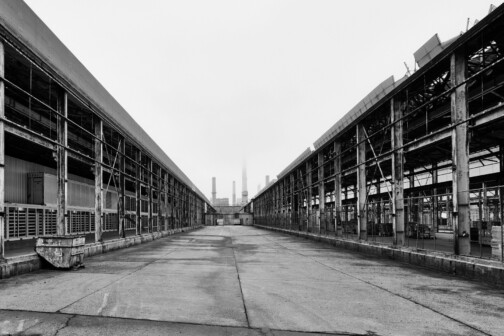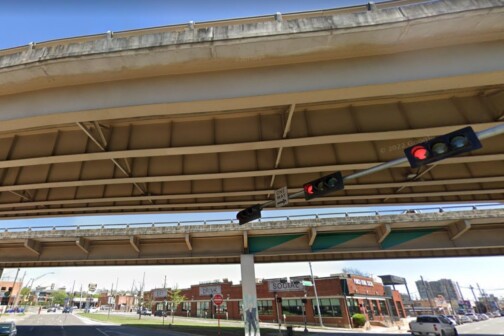Dallas Area Rapid Transit may soon offer free rides to students.
The transit agency’s not out on too much of a limb here by considering a “K-12 Student Pass Program,” which came up for discussion with the DART board’s budget committee last week and will be debated over several months’ worth of meetings and public hearings. (DART has tapped June 1 as a potential start date for the program, if the agency does commit to it.)
Austin’s Capital Metro recently made its free student transit program, launched as a pilot in 2018, permanent. Seattle, Boston, and Minneapolis are among the other places that have seen the benefits of giving at least some kids access to free public transit.
Early returns show that giving students free rides improves school attendance and academic performance. It saves time for families and money for schools. It gets more people to use public transit. It reduces inequality, giving poor students better access to the extracurricular opportunities as students from wealthier families. Outside of the classroom, where you live and whether your parents own a car shouldn’t limit your ability to see what North Texas has to offer.
“It’s one thing to get a ticket to the Dallas Museum of Art, but if you have no way to get there, it’s like telling me I’ve got a free condo on the moon,” says Jon-Betrell Killen, vice chair of DART’s budget and finance committee and a city of Dallas appointee to the agency’s board of directors.
Free transit could make a difference in the lives of a lot of students: A DART presentation identified eight public school districts, 26 public charter schools, and 107 private schools in the agency’s service area. But it wouldn’t make much of a difference at all to DART’s bottom line.
The revenue from school and student ticket purchases add up to between $1 to $2 million, or just 0.3% of DART’s $580 million operating budget. (The vast majority of DART’s revenue comes from sales taxes collected by its member cities.) DART already offers half-off fares to student riders.
“It’s a matter of: Could we do better by our children in our region by just eliminating that barrier entirely?,” Killen says. “And maybe helping to grow our future rider base?”
Studies show that people who pick up a “transit habit” young don’t lose it as they grow older. And there’s ample evidence about all the other good stuff that comes from boosting ridership and improving public transit. It’s a key part of fighting poverty, for one thing.
DART can also comfortably afford to do this without making any sacrifices to service quality—a fear often cited by free fare skeptics. It’s true that most riders would prefer good transit to free transit. It’s also true that DART has some work to do on that front, although the launch of a redesigned bus network on Monday should be a step in the right direction.
“We’ve got a long way to go, and we need the funding to build a really strong core network,” Killen says. “We need as many routes as we can get that are running every 15 minutes.”
But a K-12 Student Pass program wouldn’t cost much in the first place. Killen also notes the agency’s strong financial position. Despite a COVID-related decline in ridership over the last couple years, sales tax revenue has held strong. Compared to many transit agencies, DART finds itself in the unusual position of having a “ton of money,” and the opportunity to do some good with it.
Federal funding—a lot of which is very much there for the taking—could help shore up what little budget gap free student fares might create, as could private philanthropy. “Helping gets kid to school” isn’t a bridge over the Trinity or a giant water fountain at Klyde Warren Park, but it would be a noble cause for a deep-pocketed donor to get behind. Free fares could even save costs in other ways by, for example, reducing the need to manage bulk ticket buying programs with school districts. (When Dallas ISD began offering free meals to all students, it saved about $300,000 it had been spending to administer the program and determine which students would be enrolled—paperwork is costly.)
Regardless, DART will have to figure out how it wants to pay for this. Another hurdle is deciding what to do about GoLink, the on-demand Uber-like service that fills in for those areas without regular bus routes. New student riders on nowhere-near-capacity buses wouldn’t cost DART extra. New student riders calling GoLink shuttles would—DART has to pay for those additional rides. Should students in Carrollton and Rowlett and other areas with minimal bus route coverage be able to call GoLink for free?
That’s a question worth haggling over as DART and its board members begin to have this conversation in earnest over the coming months. The larger question—of whether to give students access to free public transit—seems to have a clear answer.
Author







